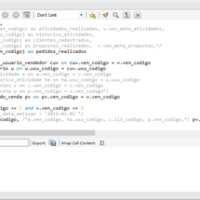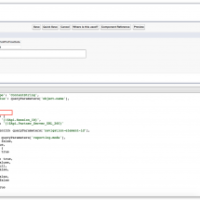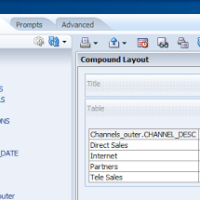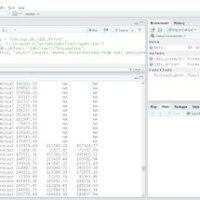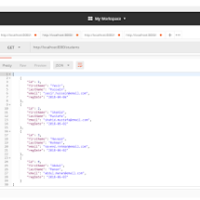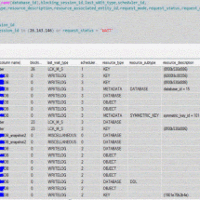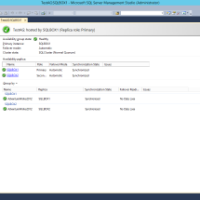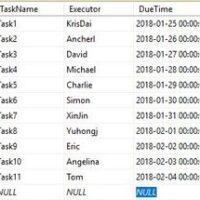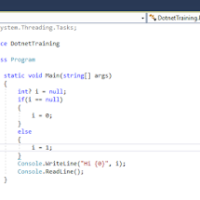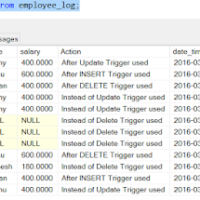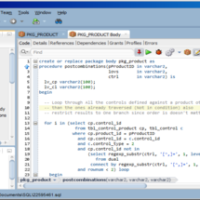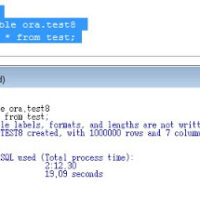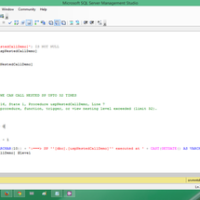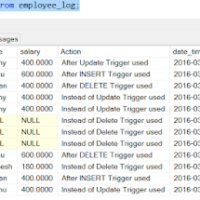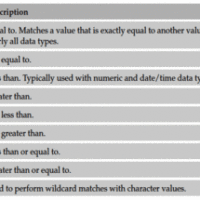Tag: SQL
Sql Count Function - COUNT is used to calculate the number of rows returned in the SELECT operator. Syntax for COUNT function in SQL SELECT COUNT(aggregate_expression_id) FROM tabs [WHERE...
SQL literals (strings, integers, decimal numbers and date and time values) are the same as a constant. We will consider several types of literals - string, integer, decimal and date and time...
SQL ALIASES (temporary names for columns or tables) with syntax and examples. SQL ALIASES can be used to create a temporary name for columns or tables.Column aliases are used to make it...
SQL provides a list of common SQL data types. These data types may not be supported by all relational databases. Data Types Syntax data type Explanation (if...
SQL comments - In SQL you can comment on your code like any other language. Comments can appear in one line or take up several lines. Let's take a look at how to comment on your SQL...
SQL EXISTS condition is used in combination with a subquery and is considered satisfied if the subquery returns at least one line. It can be used in the SELECT, INSERT, UPDATE or DELETE...
The SQL BETWEEN condition allows you to easily check if the expression is in the range of values (inclusive). It can be used in the SELECT, INSERT, UPDATE or DELETE operator. Syntax for BETWEEN...
The IS NOT NULL condition is used in SQL to check a value other than NULL. It returns TRUE if a non-zero value is found, otherwise it returns FALSE. It can be used in SELECT, INSERT, UPDATE or...
The IS NULL condition is used in SQL to check the NULL value. It returns TRUE if NULL is found, otherwise it returns FALSE. It can be used in SELECT, INSERT, UPDATE or DELETE. Syntax for IS NULL...
The SQL condition NOT (sometimes called the NOT operator) is used to override the condition in the WHERE sentence of the SELECT, INSERT, UPDATE or DELETE operator. Syntax of NOT condition in...
The SQL condition IN (sometimes called the IN operator) makes it easy to check if the expression matches a value in the list of values. It is used to help reduce the need for multiple OR...
The SQL condition LIKE allows you to use wildcards to match the pattern in the query. The LIKE condition is used in the WHERE clause of the SELECT, INSERT, UPDATE or DELETE operator. Syntax for...
SQL condition OR is used to check several conditions in SELECT, INSERT, UPDATE or DELETE. Any of the conditions must be met to select a record. Syntax for SQL condition OR WHERE cond1 OR...
SQL condition AND (also known as SQL AND operator) is used to check two or more conditions in a SELECT, INSERT, UPDATE or DELETE operator. All conditions must be met to select a record. Syntax...
SQL comparison operators are used in the WHERE sentence to determine which records to select. Here is a list of comparison statements that you can use in SQL:Comparator...
SQLS*Plus for SQL Server: Issue “sqlsplus.exe –r” command and paste your license token to register SQLS*PlusStartup Scripts When SQLS*Plus starts, and after CONNECT commands, the two...

